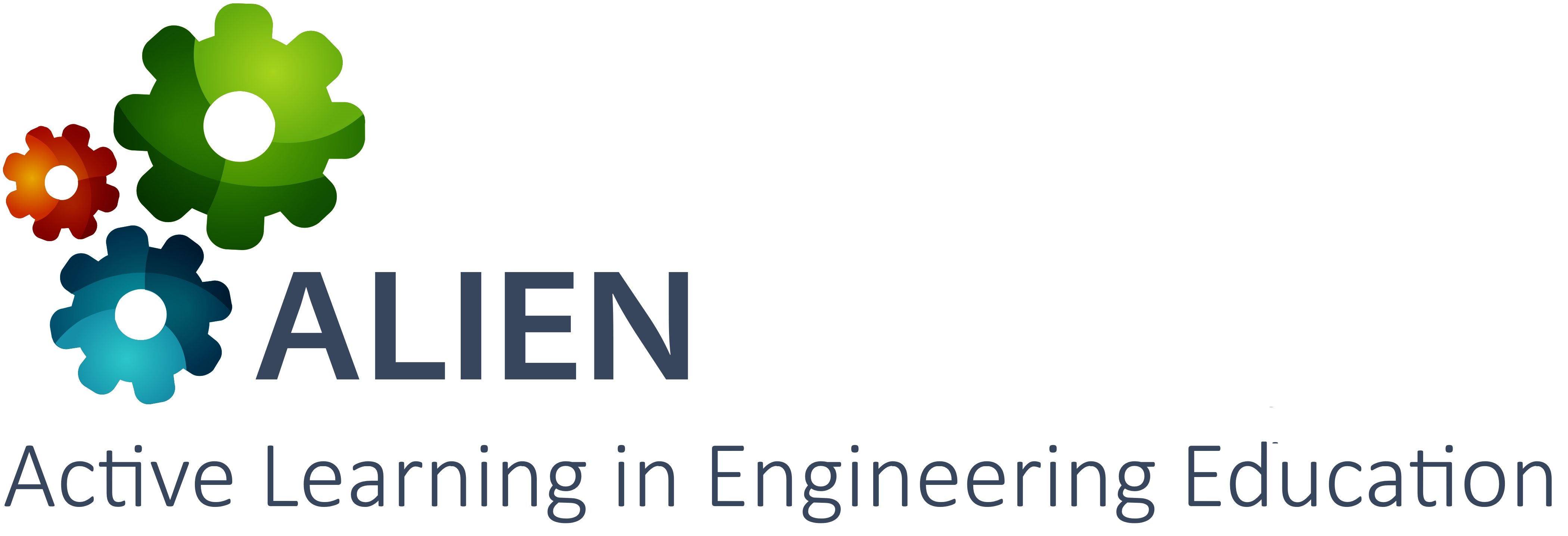 Course overview
Course overview
The objective of the course is to build foundational knowledge and practical skills on image processing and pattern recognition. More specifically, the course aims to develop a theoretical foundation of fundamental digital image processing concepts. It further aims to build mathematical foundations on the digital manipulation of images, image acquisition, pre-processing, segmentation, Fourier domain processing, and compression. Finally, the course aims to build experience on practical techniques related to software coding on the same topics.
Participants in piloting
The course is a 2nd semester elective offered in the M.Sc. in Computer System and Knowledge Engineering program of the Department of Electronics and Computer Engineering, Pulchowk Campus, IOE, Tribhuvan University. 20 students are typically enrolled in the course each year.
Use of ALIEN services and tools
Students were divided into groups of 5 individuals. Groups were assigned a common problem that was inspired either from current research on image processing or from real-life problems. A sample activity was writing a program for evaluating the photos of applicants to participate in the entrance examination to the program through image processing and pattern recognition. Each student in the group searched the internet on potential solutions and presented their ideas to the team, which collectively selected the best for subsequent project steps. Students were then challenged to write a research paper on the selected idea. Work on the preparation of the research paper was divided among group members. For example, one student wrote the introduction part, another the methodology, another the results, and another the abstract and conclusions.
The activity took place in the ALIEN problem-based learning lab, which includes workstations, projectors, and internet support. Students used software tools such as MATLAB® and other tools for making projections. Students used educational resources on image processing, pattern recognition, and the MATLAB® tool available on the internet. Students used the lab facilities to download reference material and tutorials, based on which they designed their solutions. Upon completion of the work, students presented their results on the display screens of the lab. The instructor selected and rewarded the best idea.


